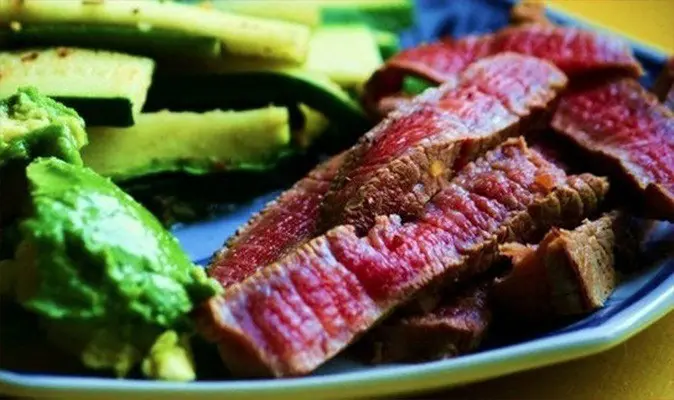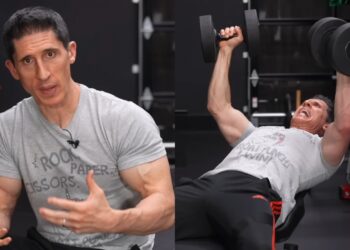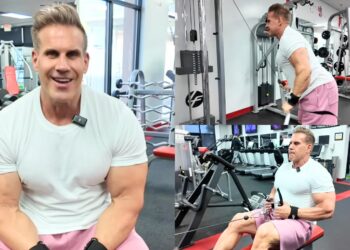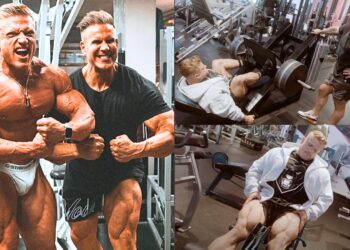The arms are one of the first body parts people notice on us, so it isn’t very surprising that having well-developed arms is the primary goal of many lifters. A set of big guns demands respect. These eight tips will help you gain noticeable size and definition in your arms, so get ready to purchase bigger shirts!
Gaining mass is not really rocket science, and there are many ways to approach arm expansion, but regularly training in the same fashion leads to stagnation, so it’s probably time for you to try something new. Without making things more complicated than they have to be, here are 7 master tips for building monster arms!
1. Blood Flow Restriction Training
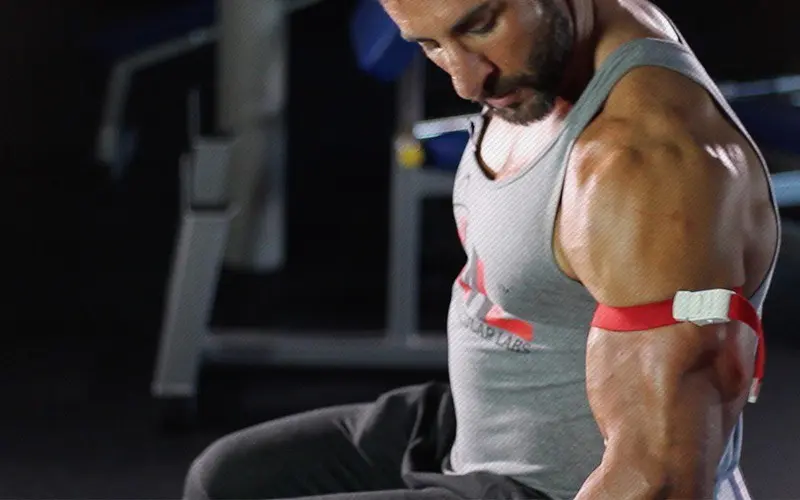
When using blood flow restriction training, we are not allowing blood to escape the veins; arteries, however, will continue to deliver blood to the muscle. It sounds like some sort of torture, but by occluding a muscle, you are tricking your body to use large fast twitch muscle fibers, which will result in crazy growth. Another benefit to this type of training is that you will be using 50 percent of your normal weight. This type of training will allow your joints to recover while taxing your body and increasing the size of your arms.
Try a superset of triceps and biceps. Use knee wraps high up on the arms and tighten the wraps. You want the wraps tight enough so that it’s uncomfortable but not overly painful. You will be using a rope pushdown for triceps and performing standing dumbbell curls for biceps.
The Workout
- Tricep Rope Pressdown 1 x 30 (superset with dumbbell curls)
- Standing Dumbbell Curls 1 x 30
- Tricep Rope Pressdowns 1 x 15 (superset with dumbbell curls)
- Standing Dumbbell Curls 1 x 15
Tip: Continue you this until you complete three sets of 15 reps, and then pull the tourniquet off.
Level Up Your Fitness: Join our 💪 strong community in Fitness Volt Newsletter. Get daily inspiration, expert-backed workouts, nutrition tips, the latest in strength sports, and the support you need to reach your goals. Subscribe for free!
2. Increase Your Volume
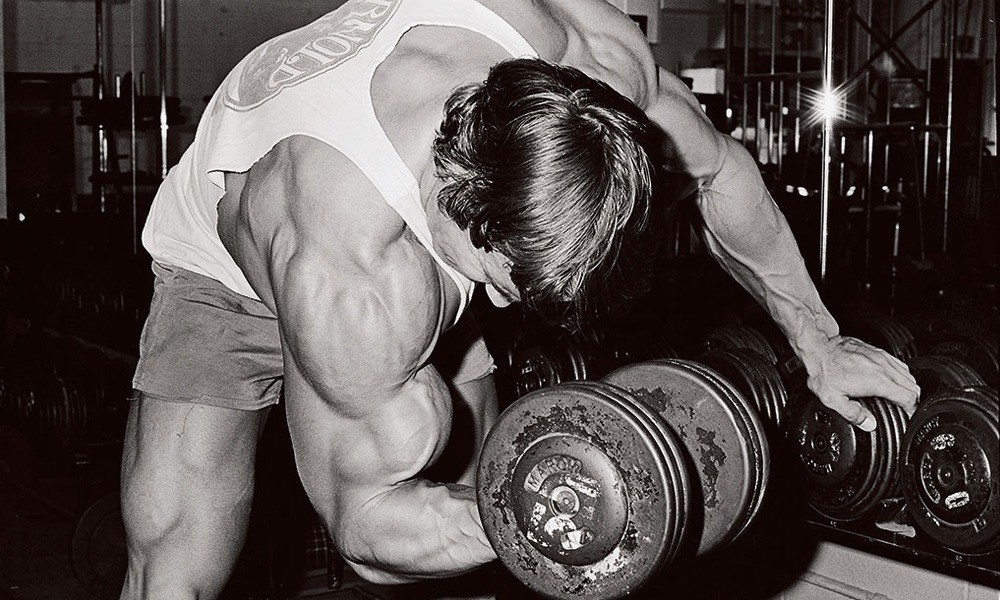
If you’re training your arms once per week with a total of 5-10 sets, it’s clear that you need to increase your volume. Switch to training them three times per week, as this frequency has proven to work best for most lifters.
However, instead of just jumping from one to three days of arm training per week, increase your volume gradually. Making big leaps can turn out to be too stressful for your ligaments and joints and cause painful injury.
3. Hit Them From All Angles
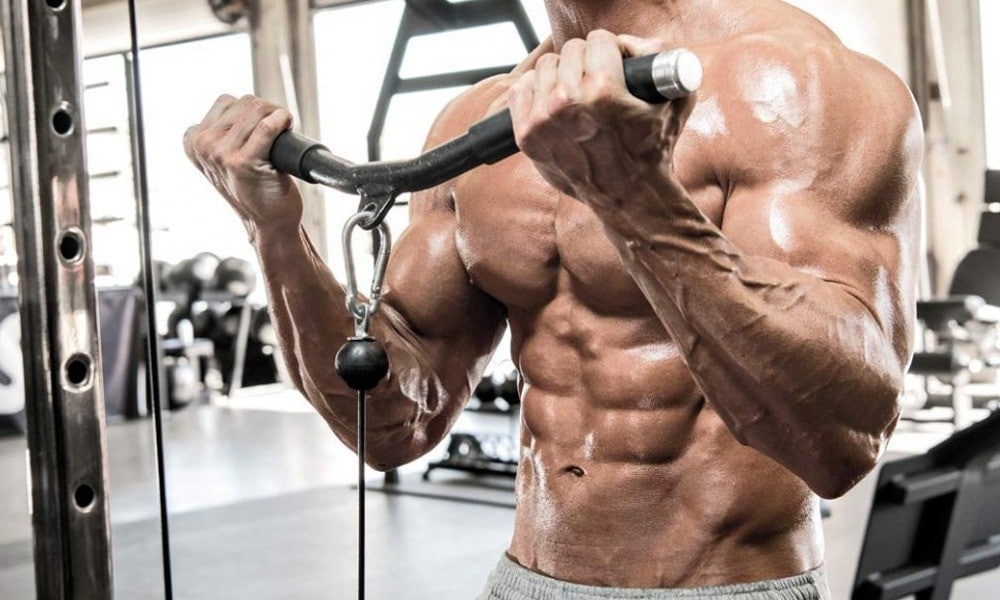
Performing a chin-up or high cable pulleys will hit the bicep from a higher angle. The same goes for triceps; performing an overhead triceps extension will stimulate different heads of the muscle.
Here’s a sample workout that will help you train your arms more thoroughly and inspire impressive mass gains:
- Incline Dumbbell Curls 4 x 8-10
- Bodyweight Tricep Dips 4 x 15-20
- Standing Barbell Curls 4 x 6-8
- Narrow-grip Bench Press 4 x 6-8
- High Cable Pulley Curls 4 x 12
- EzBarbell French Press 4 x 12
4. Use Supersets
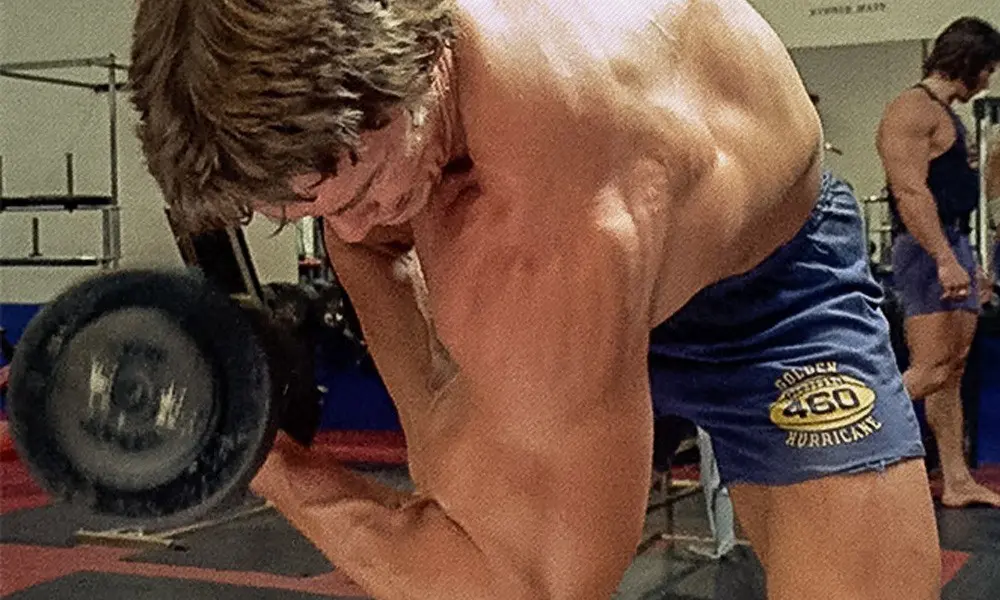
There are many types of supersets, and here are the most important ones:
- Pre-exhaustion: starting with an isolation exercise and following up with a compound exercise
- Post-exhaustion: starting with a compound exercise then moving to an isolation move
- Compound: training with two compound exercises
- Isolation: training with two isolation exercises
- Antagonistic: switching between exercises that train opposing muscle groups
Regardless of whether you are a beginner or an experienced lifter, adding supersets to your routine will help you make gains at a faster pace and prevent training plateaus, so choose the type that would best train your weaknesses to build bigger arms.
5. The Shock Method
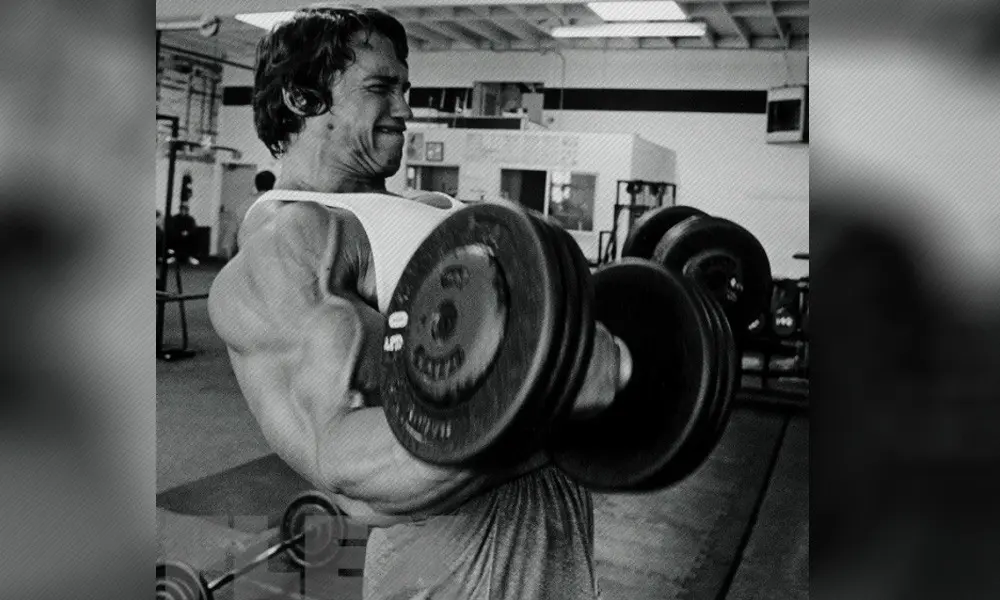
6. Alternate Rep Ranges

To target them, you need to train within the 8-20 rep range with low to moderate weight. Our fast-twitch fibers are divided into two groups: type 2a and type 2b. Type 2a are fibers that contract at a faster speed than slow-twitch fibers and are thus capable of generating explosive, short-term bursts of power, but are less fatigue resistant. They are best trained within the 6-15 rep range and by using moderate to heavy weight. Finally, type 2b muscle fibers are most difficult to recruit and are activated by performing all-out bursts of power – they generate the most force but are also the most susceptible to fatigue. To engage them, you need to use very low rep ranges and weight that is close to your 1RM.
So in order to take your physique to the next level, you need to cycle through different rep ranges throughout your training sessions. This will allow you to break many different muscle fibers as possible and force your muscles to grow like never before.
Training monotony is what generally causes muscle building progress to hit a wall, so whenever you feel like you’re losing steam, know that it’s time to start thinking outside of the box. Apply these 5 tips and watch your muscles grow!
7. Eat Like A Madman
Bottom line: if you want to get huge you’re going to have to eat like a madman. Eighty percent of the results you’ll see in the mirror are based on your nutritional habits. Make sure you’re pounding a ton of nutrient-dense food every day along with high-quality protein sources. Keep track of how many calories you are consuming, and if you fail to gain at least one-half a pound per week, bump your daily calories up by 200-300. To gain one solid inch on your arms, you are going to have to gain 10 pounds of bodyweight. That much weight will not happen if you’re eating like a school girl.

